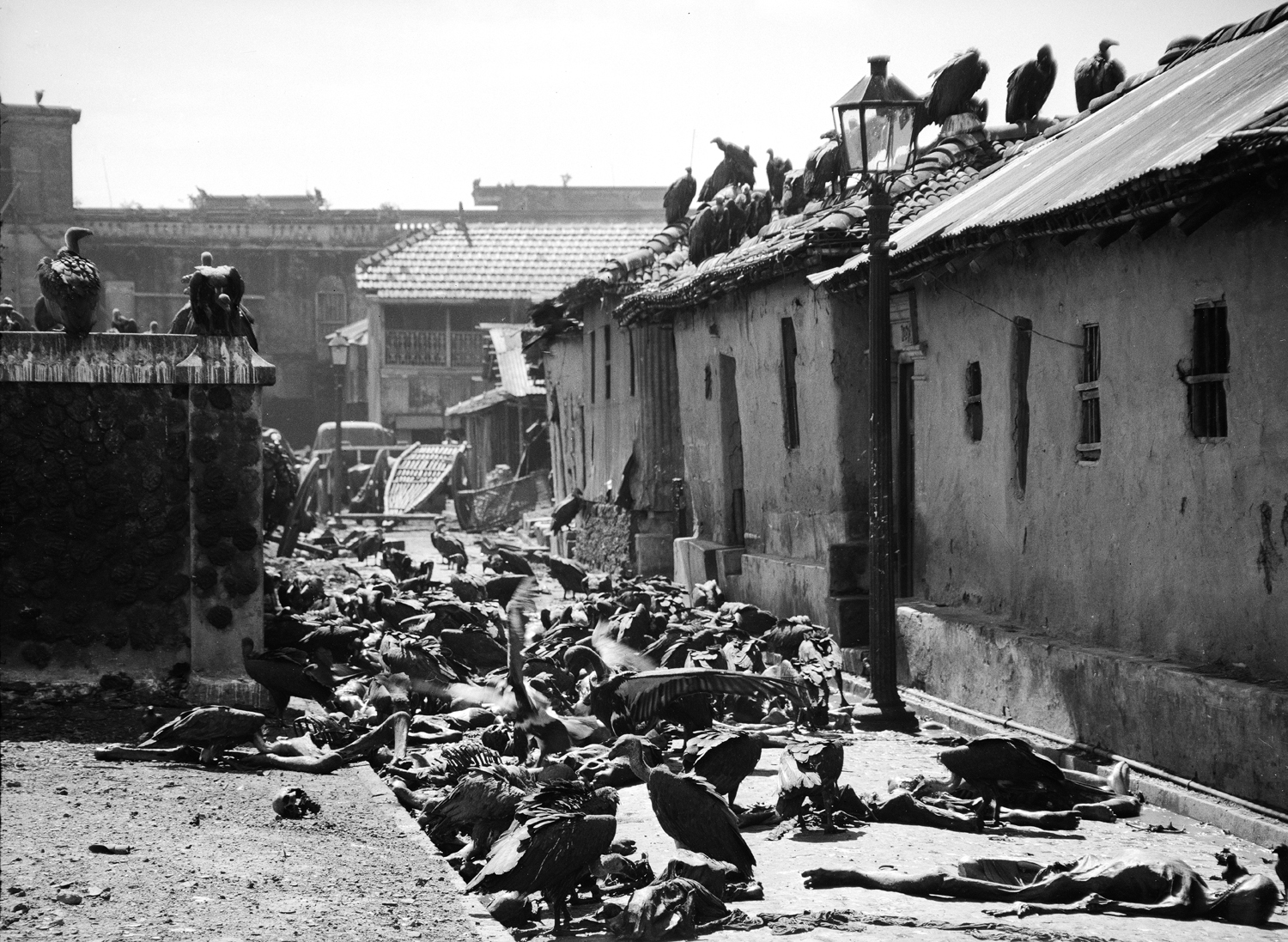
Religion-fueled riots, religion-fueled intolerance, religion-fueled murder — history is filled with chilling examples of the “righteous” driven to acts of savagery in the name of their chosen gods. In fact, the number of people killed in the name of religion through the centuries surely rivals the toll of all of humanity’s “political” wars combined.
Here, we look at one the 20th century’s most horrifying religious riots — a conflagration that took place over several days in August 1946 in Calcutta (now Kolkata), in British-ruled India, when Hindus and Muslims killed one another with a ferocity that remains shocking even today. The number of people killed during the “Direct Action Day Riots” — so named as they erupted after Muslim League leader Muhammad Ali Jinnah called on Muslims to engage in direct action in support of the creation of a separate nation, a.k.a., Pakistan — will likely never be known. Estimates, meanwhile, range from 5,000 to 20,000 Muslims and Hindus killed (and perhaps more on both sides), and tens of thousands wounded, many of them critically.
[Jinnah’s call for action — while arguably a key contributing factor — was certainly not the sole, nor even the primary, cause of the violence. Read more on the 1946 riots.]
LIFE magazine, meanwhile, featured stark pictures from the aftermath of the riots in its Sept. 9, 1946, issue — photos made by Margaret Bourke-White, who at the time was covering the run-up to the intensely fraught Partition of India. In a haunting two-page spread, titled “The Vultures of Calcutta,” LIFE published three of Bourke-White’s pictures, including the nightmarish photo that leads off the gallery above.
But the gallery also includes many photos that did not run in LIFE. We publish them here to provide a sense, macabre and hair-raising as it might be, of the scale of the violence that wracked Calcutta in August 1946. (In the weeks and months afterward, Muslims set upon Hindus and Hindus attacked Muslims in deadly riots in other Indian cities and states, as well — in places like Bihar, Garhmukteshwar and beyond.)
In the end, these harrowing photographs provide what might be construed as a final, ironic refutation of the sort of ultra-clannish barbarity enacted in the 1946 riots, and in all religious riots throughout history. After all — a rotting, mutilated corpse has no allegiance to one religion over another.
Does it?
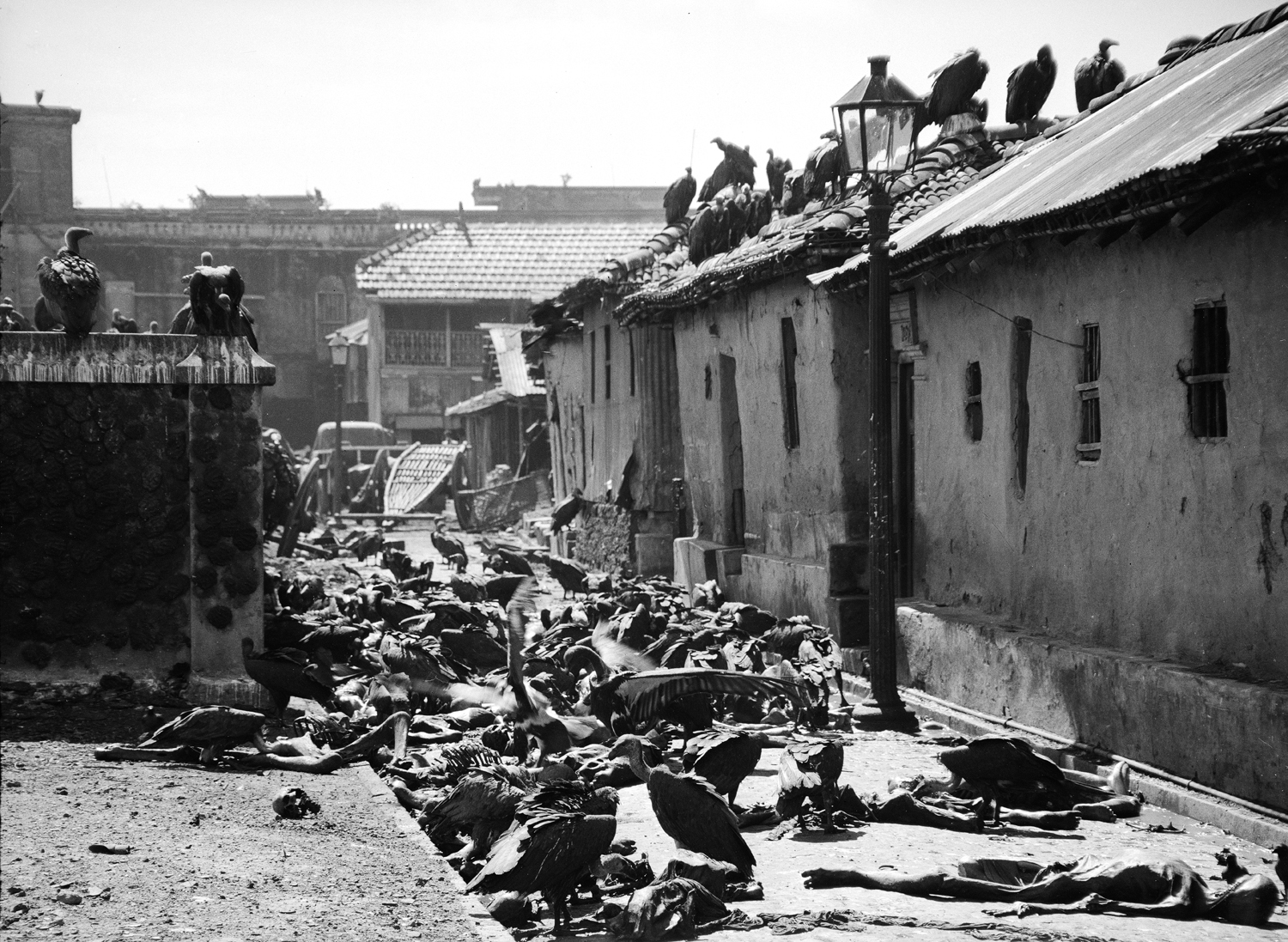

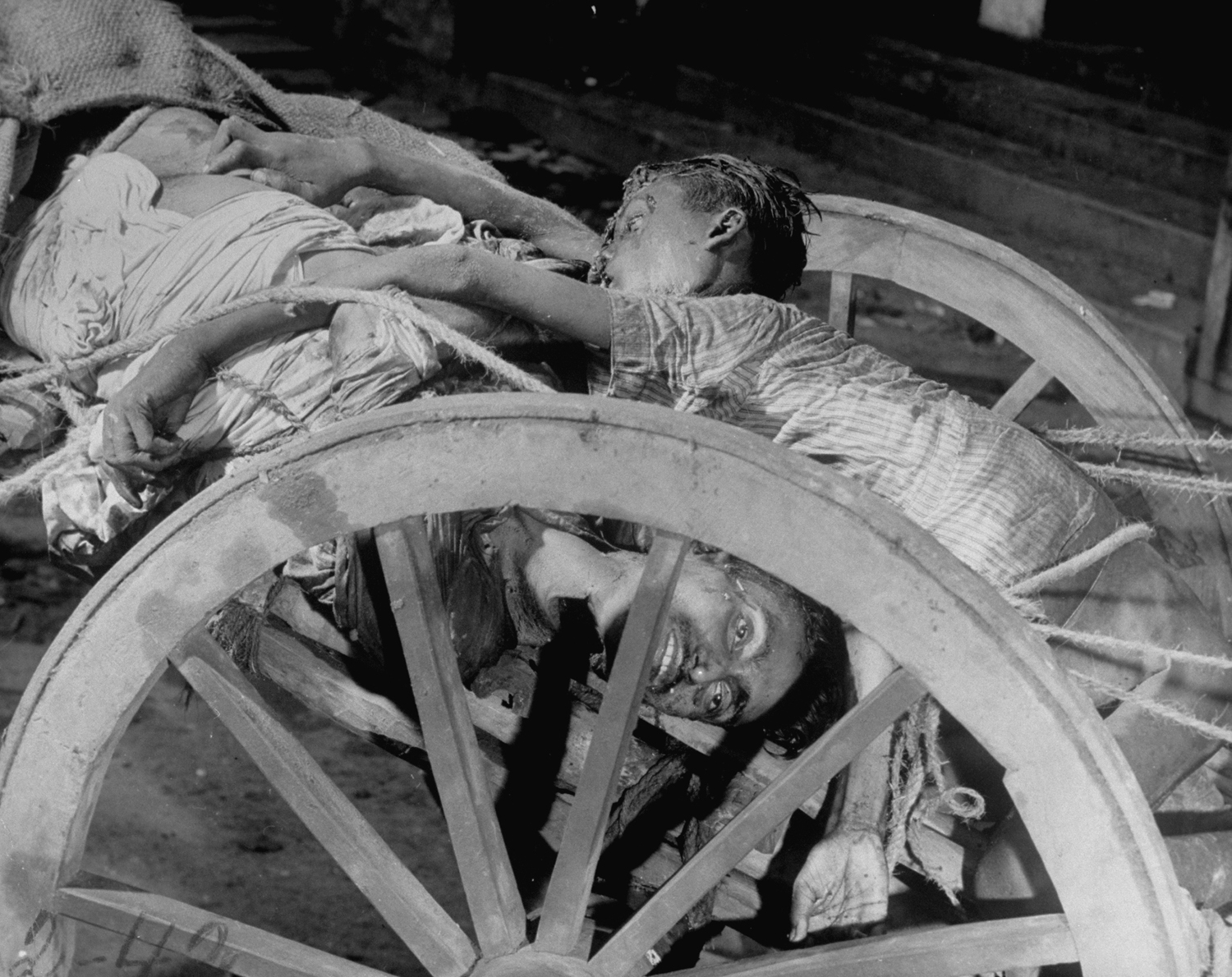
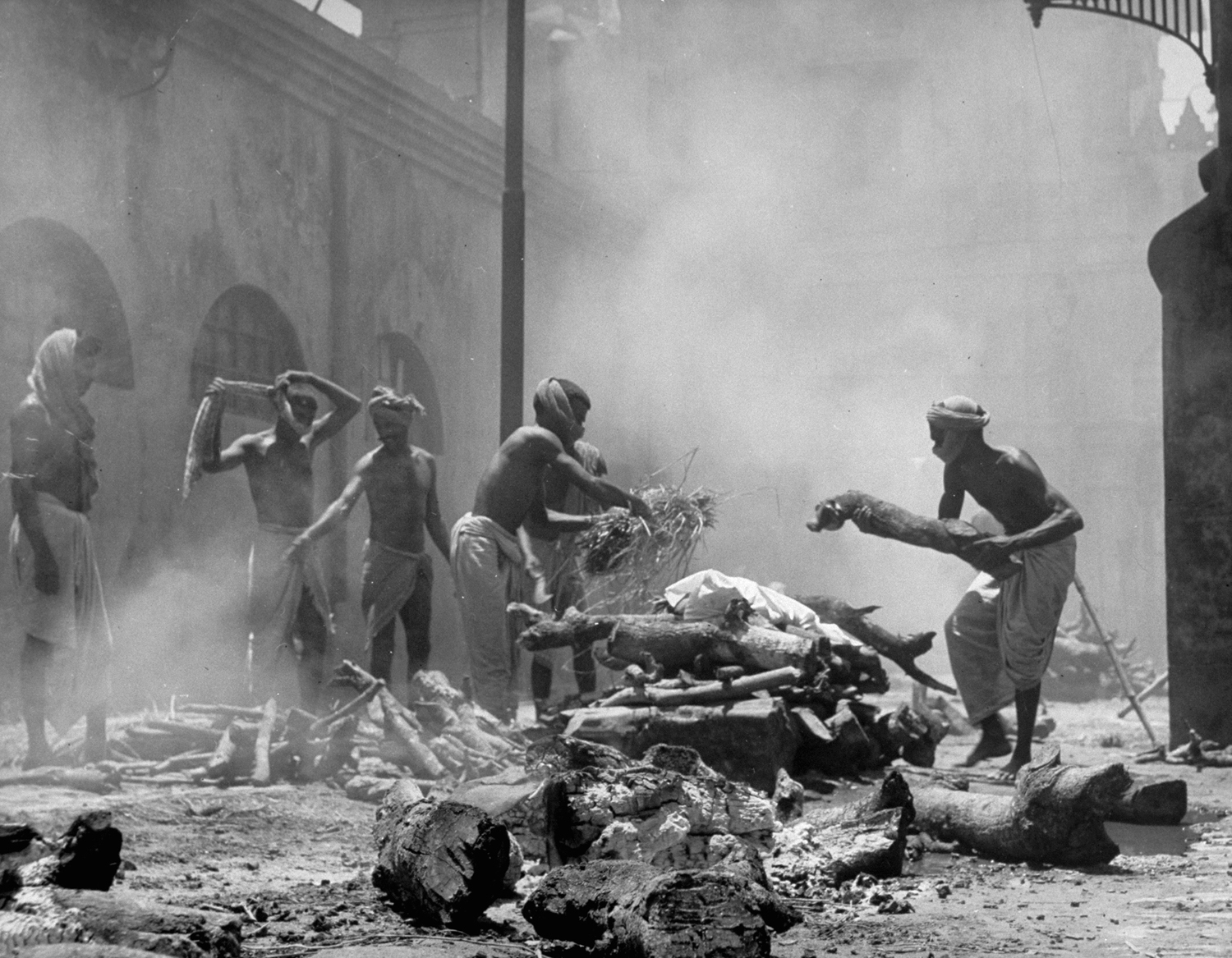
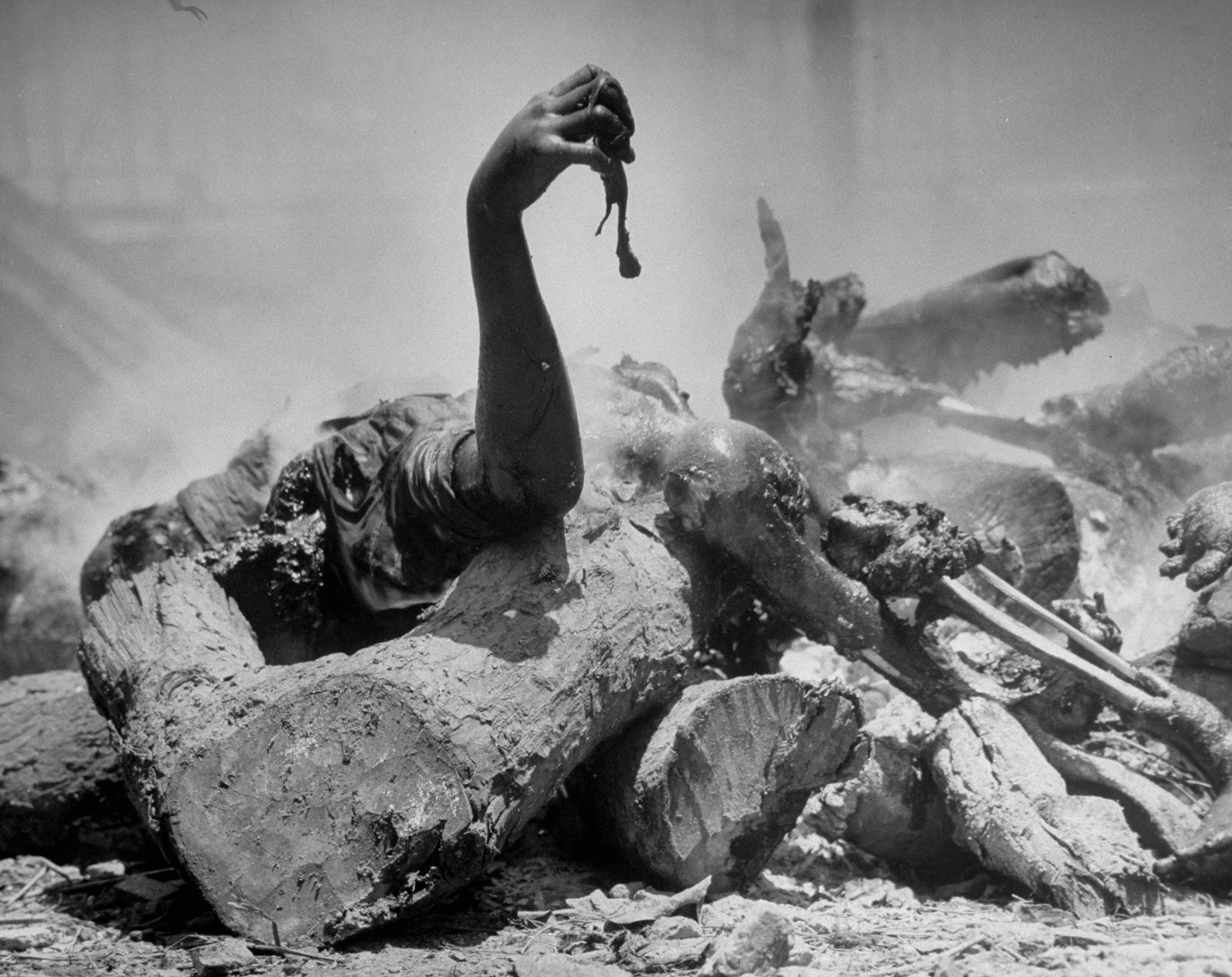
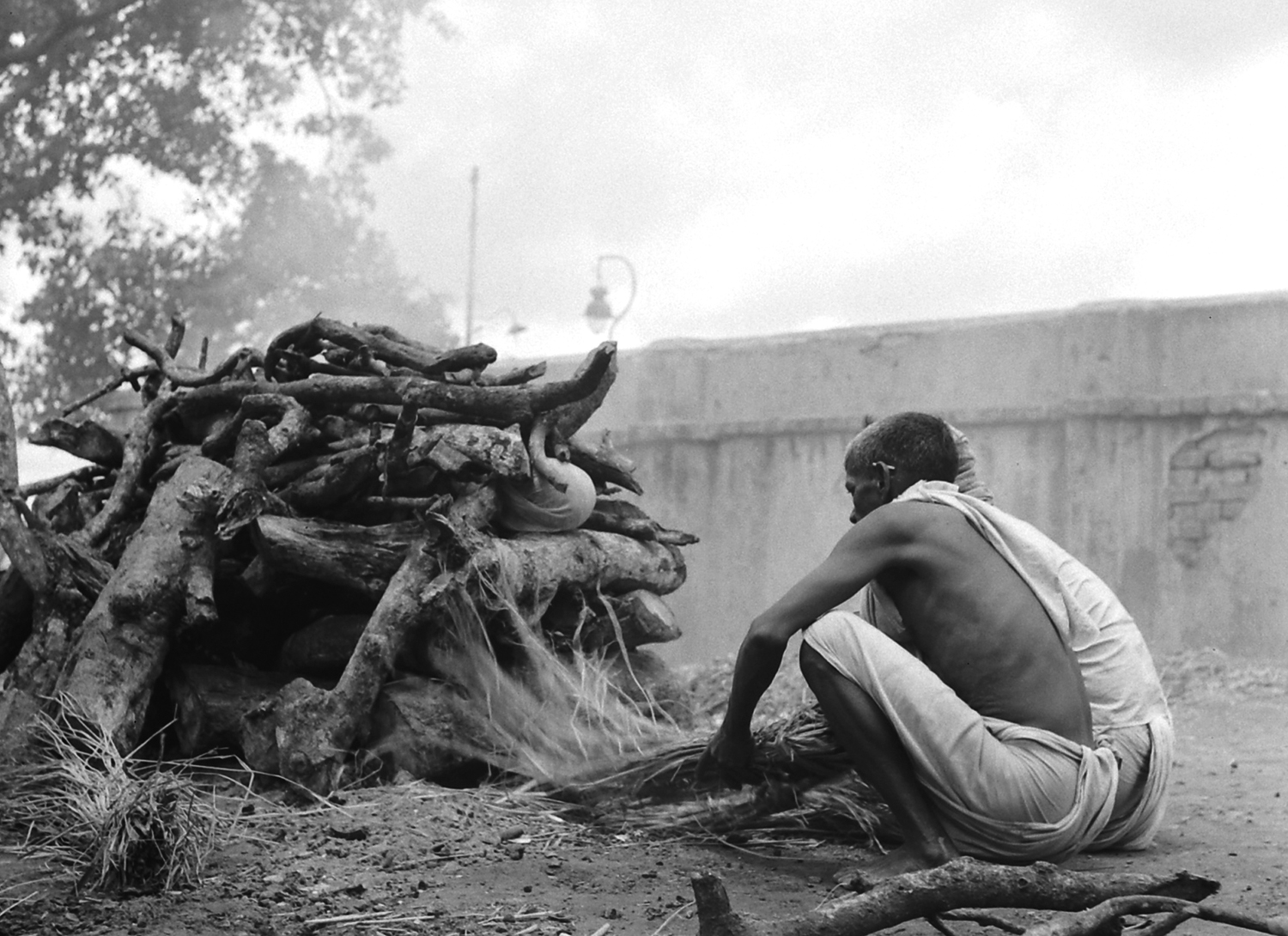
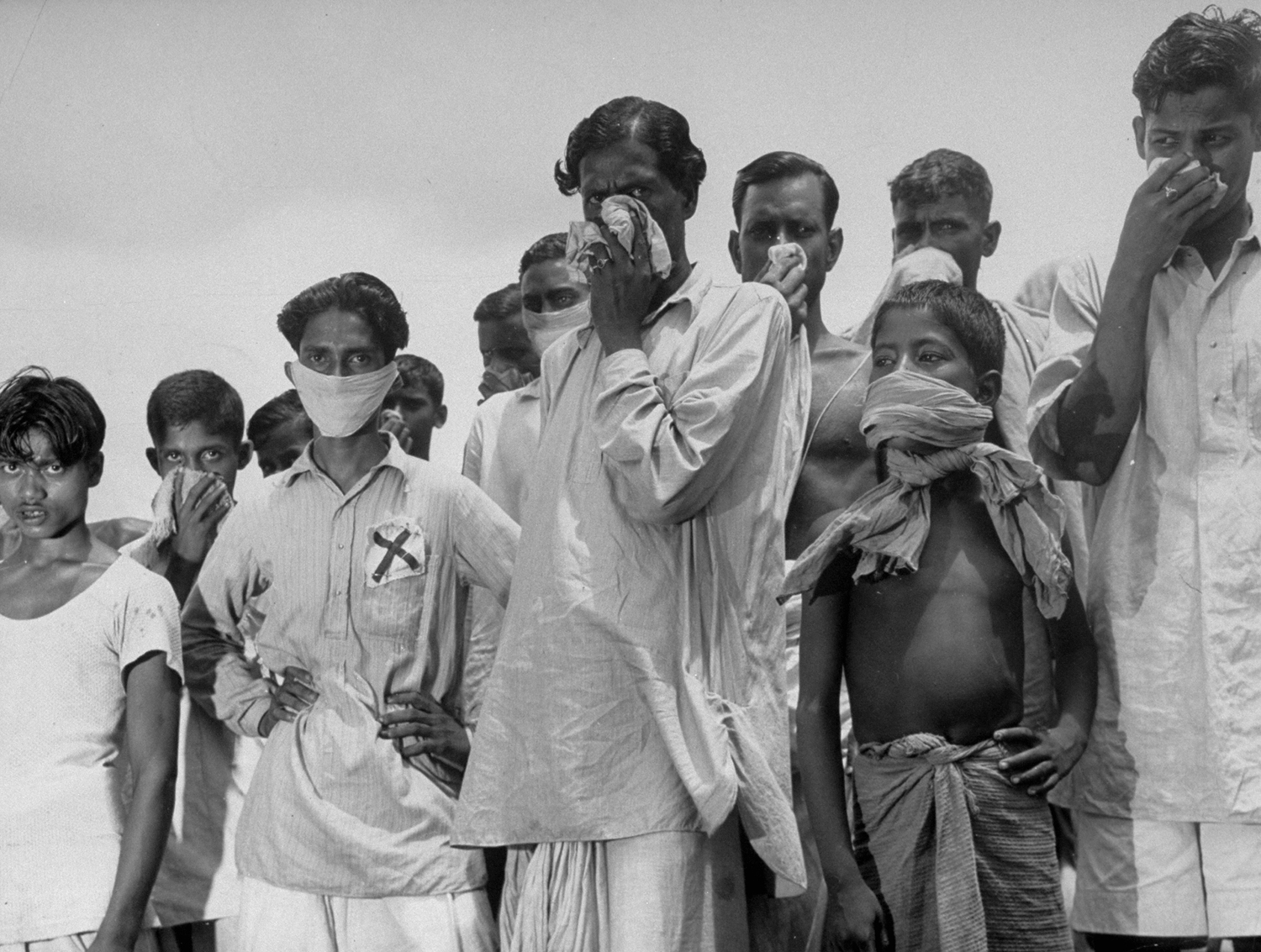
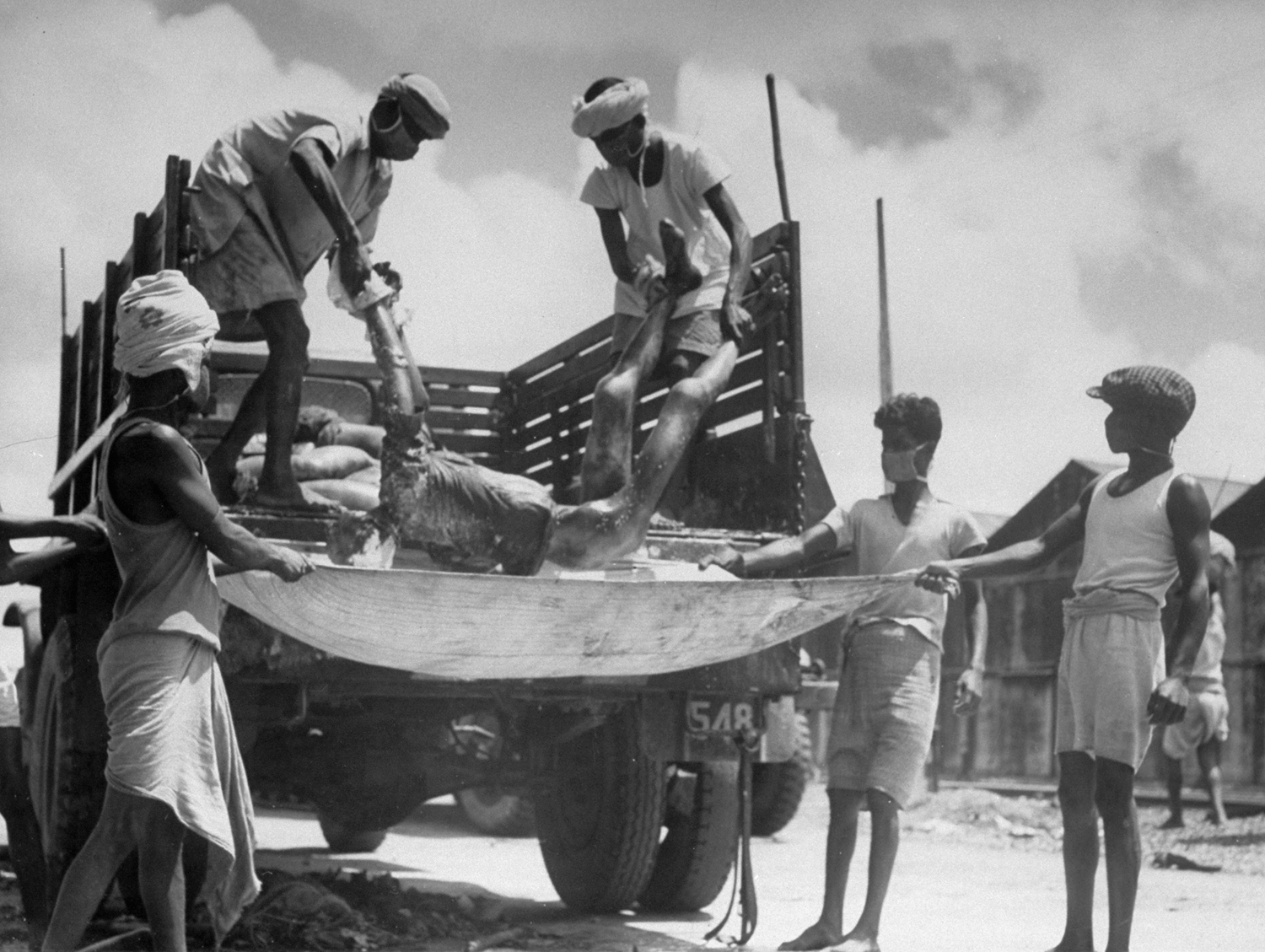
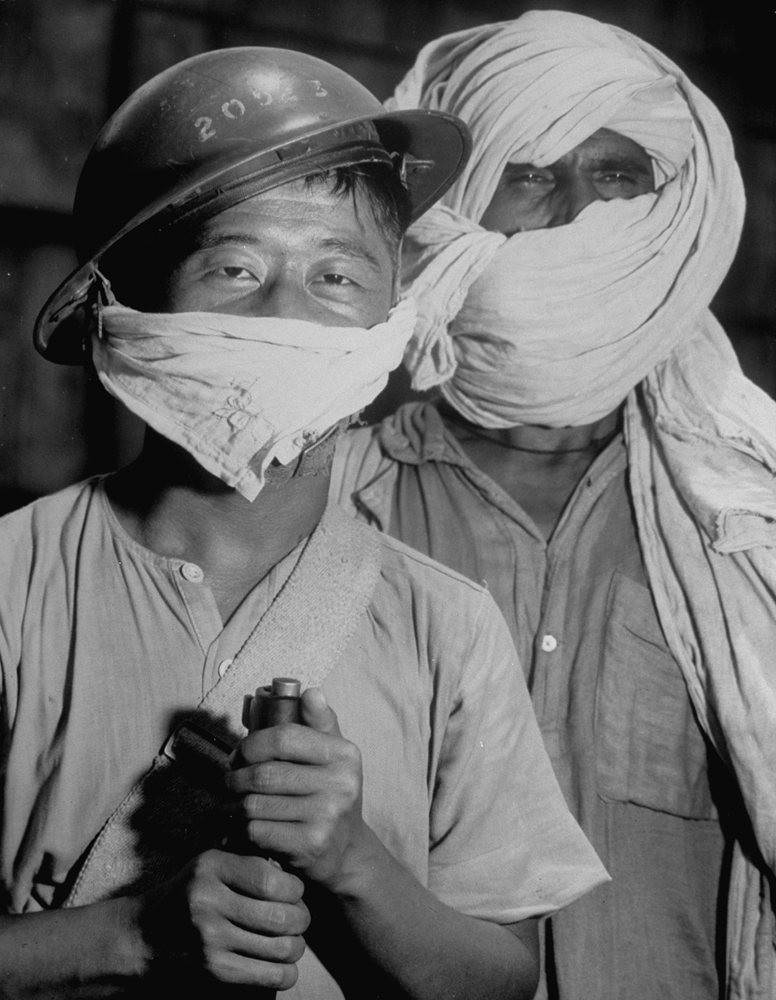
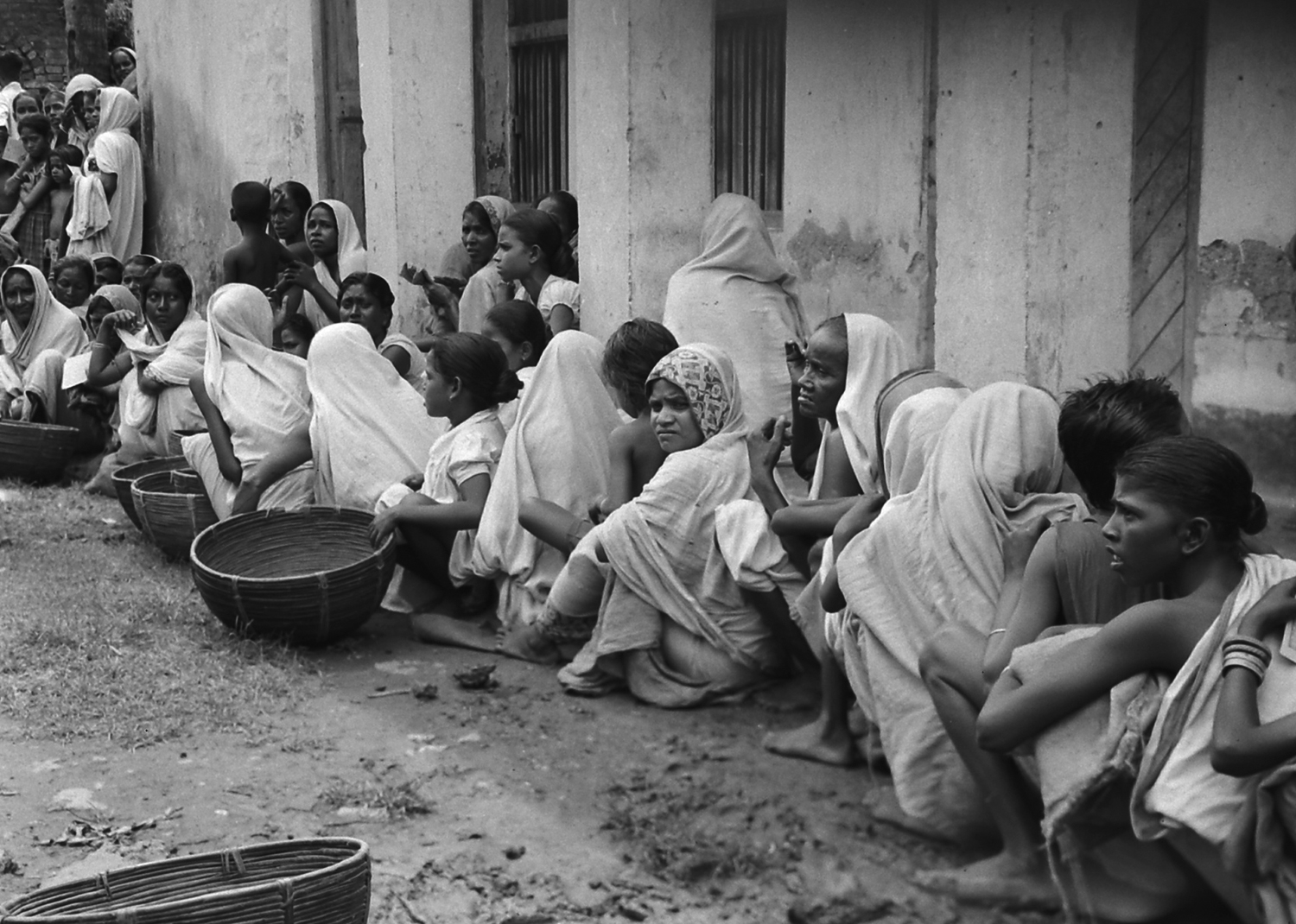
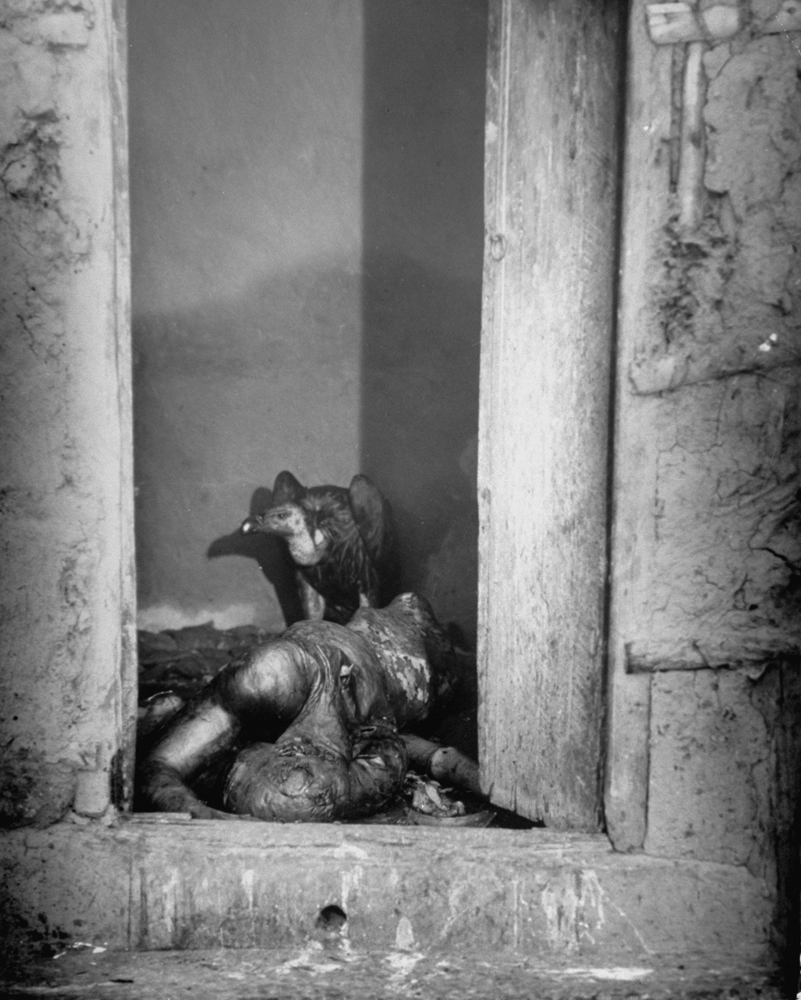
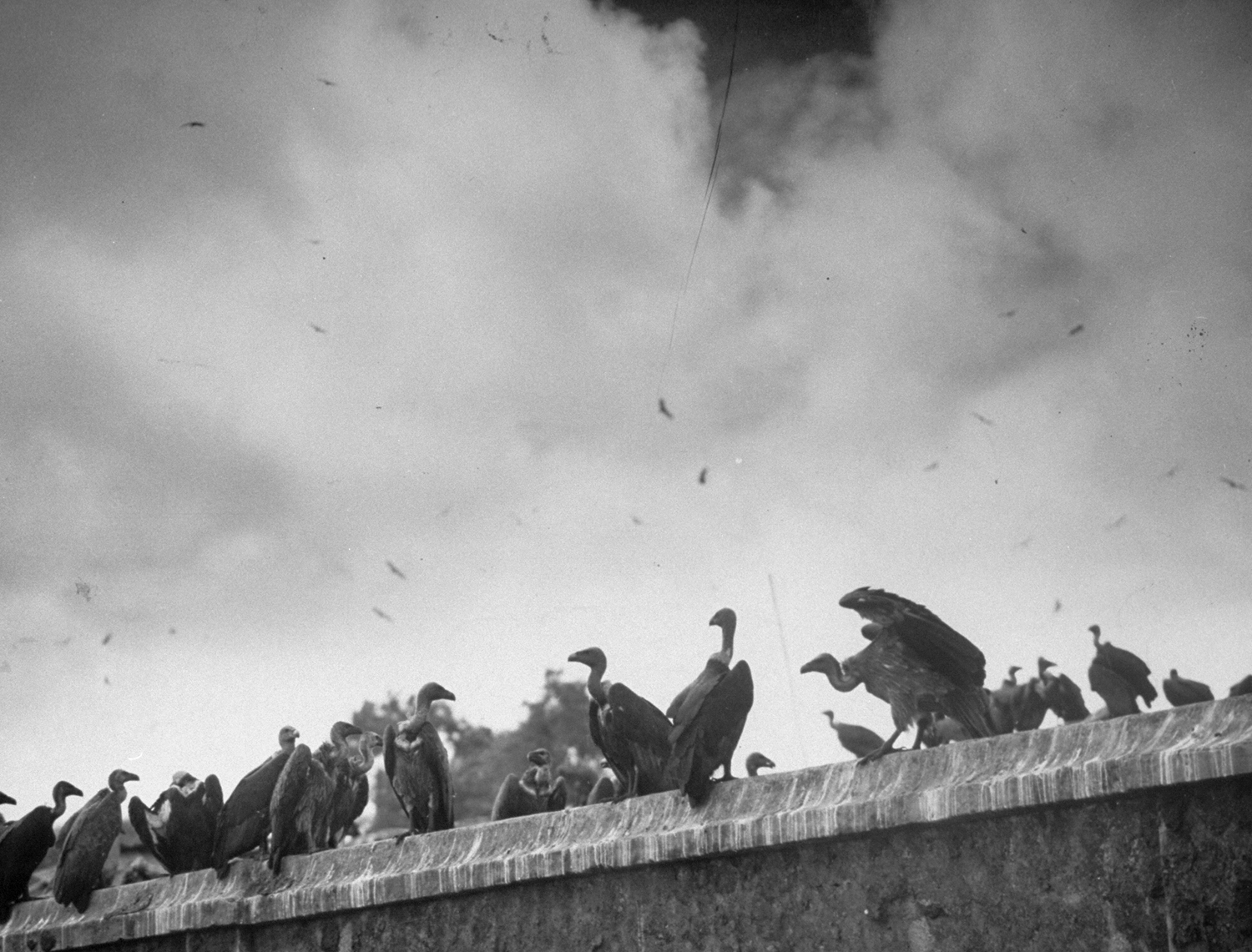
More Must-Reads From TIME
- The 100 Most Influential People of 2024
- The Revolution of Yulia Navalnaya
- 6 Compliments That Land Every Time
- What's the Deal With the Bitcoin Halving?
- If You're Dating Right Now , You're Brave: Column
- The AI That Could Heal a Divided Internet
- Fallout Is a Brilliant Model for the Future of Video Game Adaptations
- Want Weekly Recs on What to Watch, Read, and More? Sign Up for Worth Your Time
Contact us at letters@time.com